Buy the photo Dordrecht Wolwevershaven with the Willem-Marie Netherlands by Hendrik-Jan Kornelis on canvas, ArtFrame, poster and wallpaper, printed on demand in high quality.
About "Dordrecht Wolwevershaven with the Willem-Marie Netherlands"
by Hendrik-Jan Kornelis
About the artwork
Via the Damiatebrug we cross the Wolwevershaven. The name of this quay is directly derived from the neighbouring harbour with the same name. Not so strange when you consider that the soil we're walking on comes from this harbour. The harbour was dug in 1609 to connect the Nieuwe Haven with the river to improve the flow and thus prevent silting up. The harbour and quay thus came to lie outside the safe walled city. Protection was found by constructing the Damiate stronghold as a defence on the tip of the new land. Furthermore the area was protected by an earthen wall with a row of wooden posts -so called palisade- and some detached towers. Later, the newly reclaimed area was mainly used for trade. Large warehouses were built here. A good example can be seen here. One of the most beautiful is the Stokholm warehouse. This building was originally built as a sugar refinery in 1730 by the Swede Johan Anthony Bruin. Hence probably the name "Stokholm". Much later the building was used for storing grains and seeds.

About Hendrik-Jan Kornelis
As a child, there was already a predilection for visual art. As a technician, I was always creative in products, services and working methods. In later years, more time was taken for my art (photography) passion... Read more…
 Netherlands
Netherlands Ordered in June 2019
Ordered in June 2019
 Netherlands
Netherlands Ordered in December 2021
Ordered in December 2021
 Netherlands
Netherlands Ordered in February 2020
Ordered in February 2020
 Netherlands
Netherlands Ordered in April 2021
Ordered in April 2021
 Netherlands
Netherlands Ordered in June 2019
Ordered in June 2019
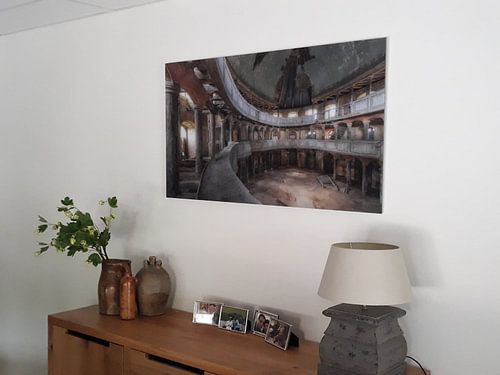
 Germany
Germany Ordered in May 2019
Ordered in May 2019
 Germany
Germany Ordered in May 2022
Ordered in May 2022
 Germany
Germany Ordered in April 2019
Ordered in April 2019
 Netherlands
Netherlands Ordered in October 2022
Ordered in October 2022
 Netherlands
Netherlands Ordered in July 2023
Ordered in July 2023
 Germany
Germany Ordered in July 2019
Ordered in July 2019
 Germany
Germany Ordered in February 2021
Ordered in February 2021
About the material
ArtFrame™
Interchangeable Art Prints
- High-quality print
- Easily interchangeable
- Acoustic function
- Large sizes available
Discover the artworks of Hendrik-Jan Kornelis
 Prinsengracht 322 AmsterdamHendrik-Jan Kornelis
Prinsengracht 322 AmsterdamHendrik-Jan Kornelis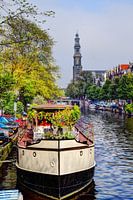 Westerkerk Amsterdam with boatHendrik-Jan Kornelis
Westerkerk Amsterdam with boatHendrik-Jan Kornelis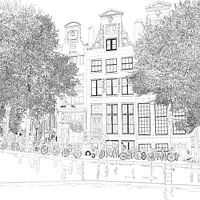 Pen Drawing Herengracht 392 Amsterdam SquareHendrik-Jan Kornelis
Pen Drawing Herengracht 392 Amsterdam SquareHendrik-Jan Kornelis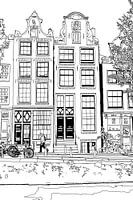 Drawing Brouwersgracht 48 AmsterdamHendrik-Jan Kornelis
Drawing Brouwersgracht 48 AmsterdamHendrik-Jan Kornelis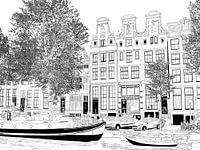 Drawing Herengracht 51-65 AmsterdamHendrik-Jan Kornelis
Drawing Herengracht 51-65 AmsterdamHendrik-Jan Kornelis Panorama Leidsegracht / Keizersgracht AmsterdamHendrik-Jan Kornelis
Panorama Leidsegracht / Keizersgracht AmsterdamHendrik-Jan Kornelis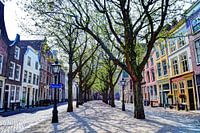 Hooglandse Kerkgracht Leiden The NetherlandsHendrik-Jan Kornelis
Hooglandse Kerkgracht Leiden The NetherlandsHendrik-Jan Kornelis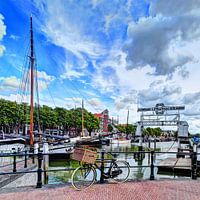 Nieuwe Haven Dordrecht NetherlandsHendrik-Jan Kornelis
Nieuwe Haven Dordrecht NetherlandsHendrik-Jan Kornelis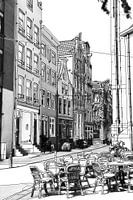 Noordermarkt Drawing AmsterdamHendrik-Jan Kornelis
Noordermarkt Drawing AmsterdamHendrik-Jan Kornelis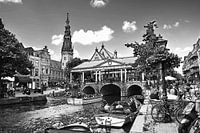 Drawing of City Hall and Kroonbrug Leiden NetherlandsHendrik-Jan Kornelis
Drawing of City Hall and Kroonbrug Leiden NetherlandsHendrik-Jan Kornelis Pen drawing Southern church Amsterdam KloveniersburgwalHendrik-Jan Kornelis
Pen drawing Southern church Amsterdam KloveniersburgwalHendrik-Jan Kornelis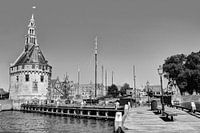 Hoorn Noord-Holland The Netherlands PortHendrik-Jan Kornelis
Hoorn Noord-Holland The Netherlands PortHendrik-Jan Kornelis Panorama Hoorn Oude Haven Kruittoren North Holland NetherlandsHendrik-Jan Kornelis
Panorama Hoorn Oude Haven Kruittoren North Holland NetherlandsHendrik-Jan Kornelis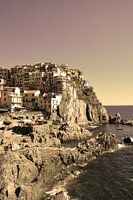 Cinque Terre Tuscany Italy OldHendrik-Jan Kornelis
Cinque Terre Tuscany Italy OldHendrik-Jan Kornelis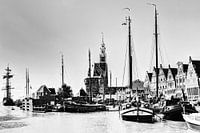 Hoorn Port North Holland Netherlands Black and WhiteHendrik-Jan Kornelis
Hoorn Port North Holland Netherlands Black and WhiteHendrik-Jan Kornelis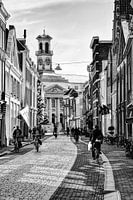 Town hall of Dordrecht Netherlands Black and WhiteHendrik-Jan Kornelis
Town hall of Dordrecht Netherlands Black and WhiteHendrik-Jan Kornelis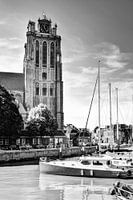 Our Lady Church in Dordrecht Netherlands Black and WhiteHendrik-Jan Kornelis
Our Lady Church in Dordrecht Netherlands Black and WhiteHendrik-Jan Kornelis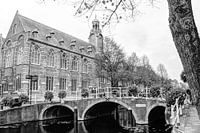 Nonnenbrug with Academy building Leiden Netherlands Black and whiteHendrik-Jan Kornelis
Nonnenbrug with Academy building Leiden Netherlands Black and whiteHendrik-Jan Kornelis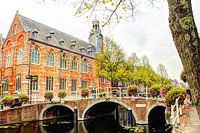 Nonnenbrug with Academy Building Leiden NetherlandsHendrik-Jan Kornelis
Nonnenbrug with Academy Building Leiden NetherlandsHendrik-Jan Kornelis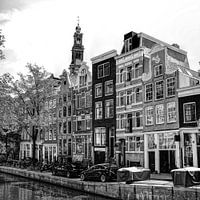 Jordaan Egelantiersgracht Amsterdam Netherlands Black and WhiteHendrik-Jan Kornelis
Jordaan Egelantiersgracht Amsterdam Netherlands Black and WhiteHendrik-Jan Kornelis
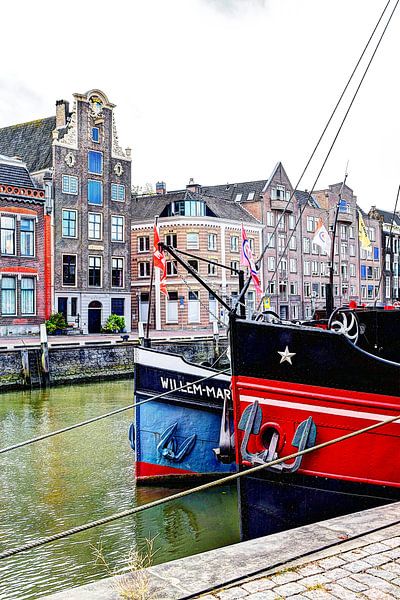









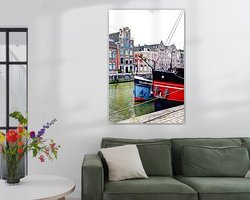


 Architecture photography
Architecture photography Boats & Ships
Boats & Ships Dordrecht
Dordrecht Harbours
Harbours High Dynamic Range
High Dynamic Range Inland vessel
Inland vessel Nostalgic Memories
Nostalgic Memories Photo wallpaper
Photo wallpaper Photography
Photography Serene Peace
Serene Peace Street photography
Street photography The Netherlands
The Netherlands









